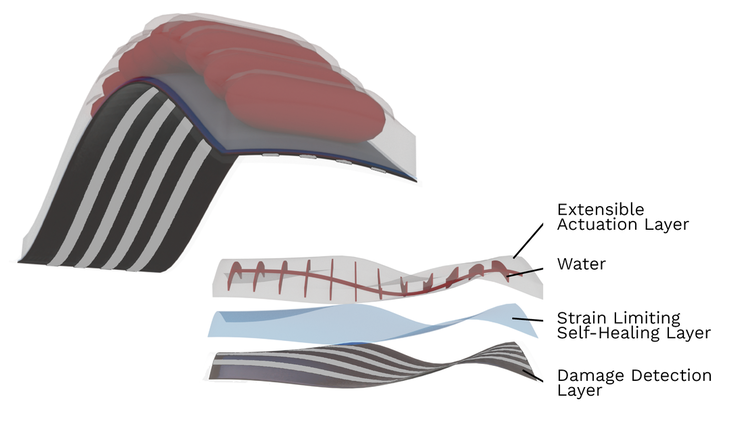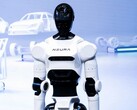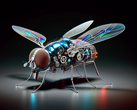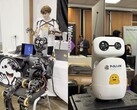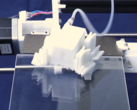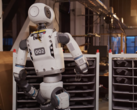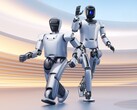Husker engineers have demonstrated an artificial muscle that can sense injury, locate the damage, and repair itself without human help. The technology, developed by Eric Markvicka and graduate students Ethan Krings and Patrick McManigal, reached the finals for three Best Paper awards at IEEE ICRA 2025, underscoring its technical significance.
Soft-robotic systems often borrow their flexibility from biological tissues, but rarely inherit nature’s knack for autonomous healing. Conventional stretchable electronics and actuators keep working only until a puncture or pressure spike cuts conductive traces or ruptures elastomers. The Nebraska team’s work tackles that limitation head-on by embedding self-awareness and repair into the actuator itself.
The muscle relies on a three-layer stack. At the base sits a “skin” made of liquid-metal micro-droplets dispersed in silicone; this layer forms the sensor grid. A stiff thermoplastic elastomer anchors the middle, supplying material that can melt and reseal. The top layer drives motion by expanding and contracting under water pressure, converting stored energy into mechanical work.
Five low currents constantly patrol the bottom skin. When a puncture bridges neighbouring traces, the circuit detects a new conductive path, flags the location, and automatically boosts current through that spot. The resulting Joule heat softens the thermoplastic layer, which flows into the breach and bonds as it cools—closing the wound in minutes.
A clever reset step keeps the system reusable. By further raising the current, the engineers trigger electromigration, separating metal atoms and breaking the temporary trace created by the injury. The sensor grid reverts to its original open state, ready for the next impact. Without this reset, the actuator would heal only once.
Self-healing machines could prove valuable in agriculture, where robots encounter thorns and debris, and in wearable health monitors that endure daily bending. Longer-lived devices would also cut electronic waste laden with lead and mercury.
Source(s)
UNL (in English)





